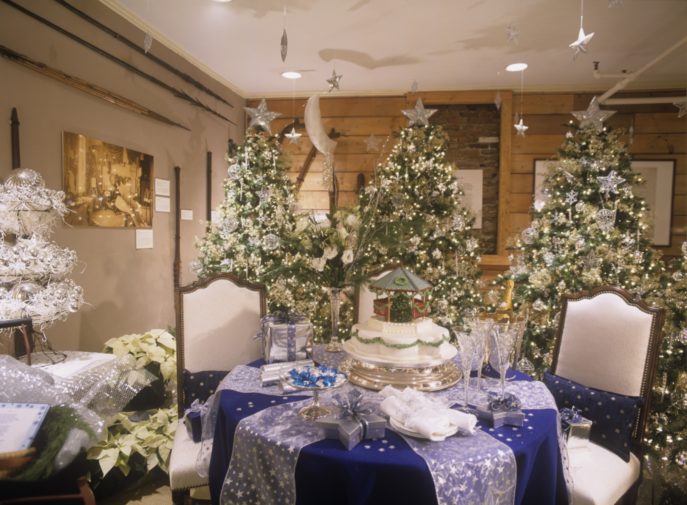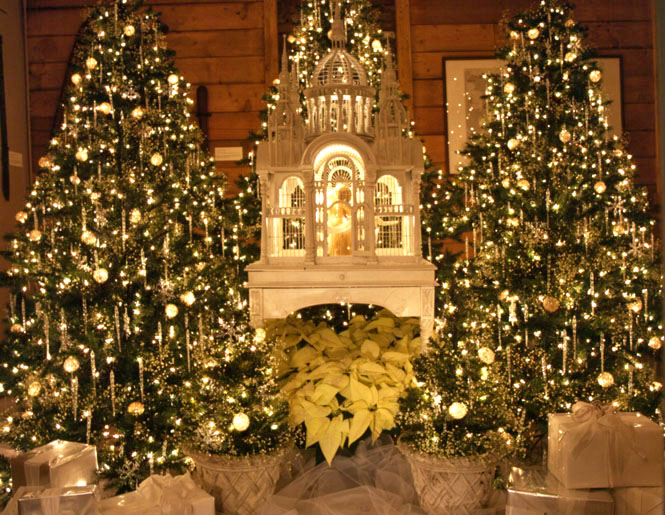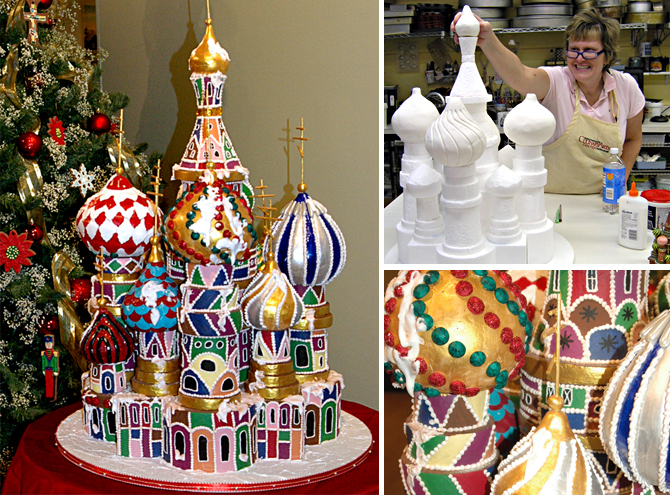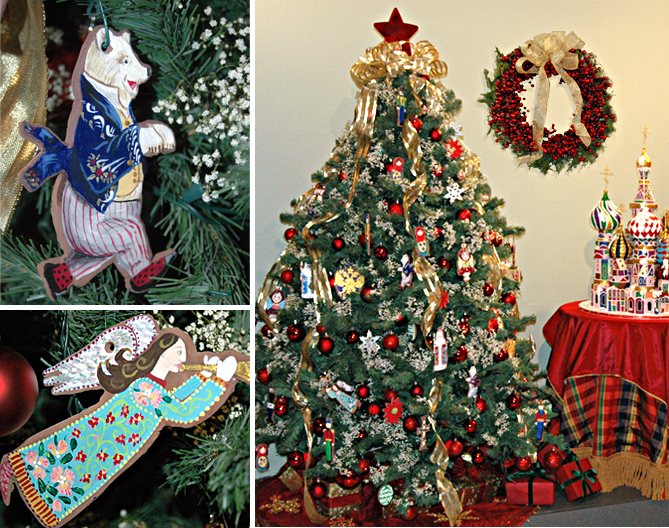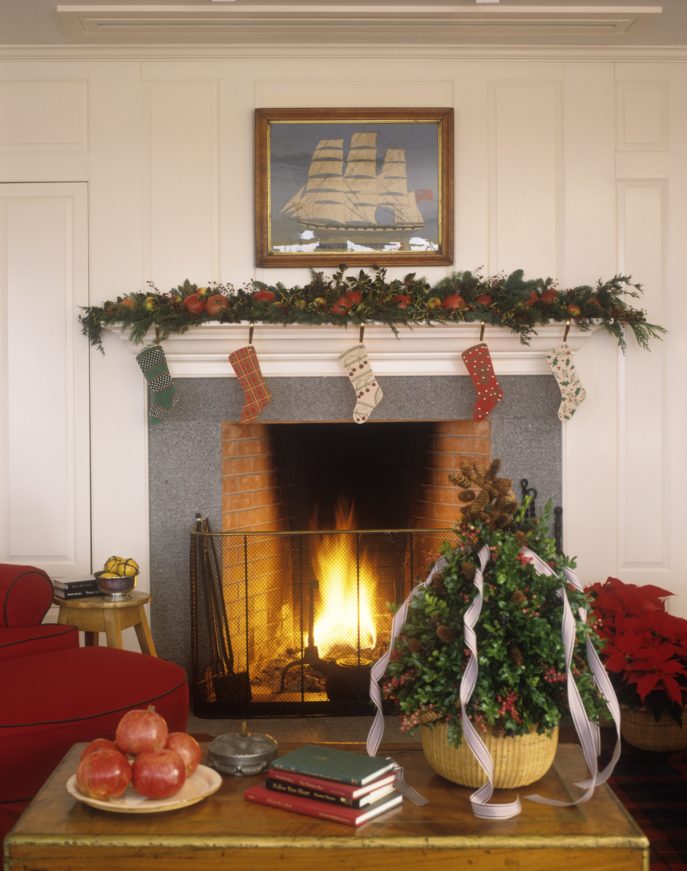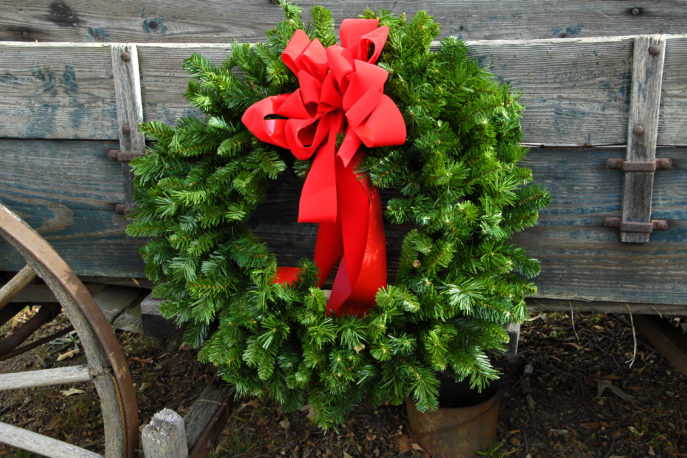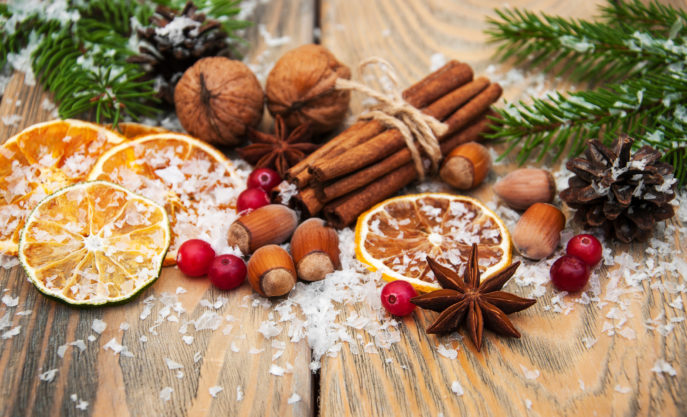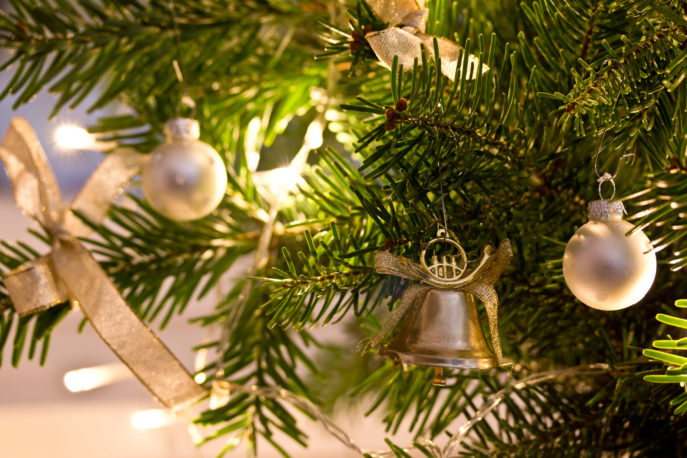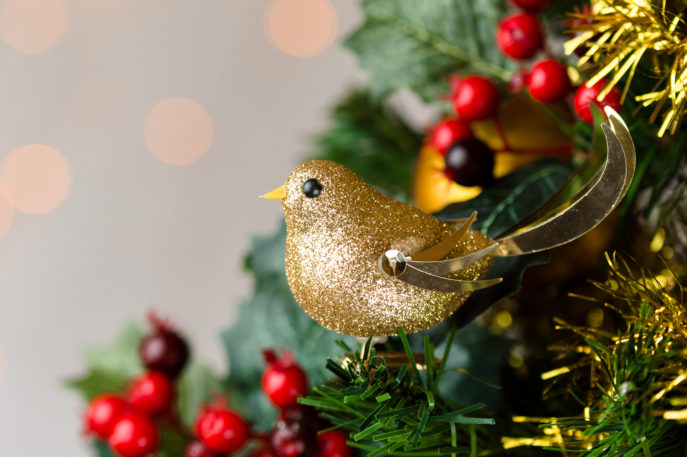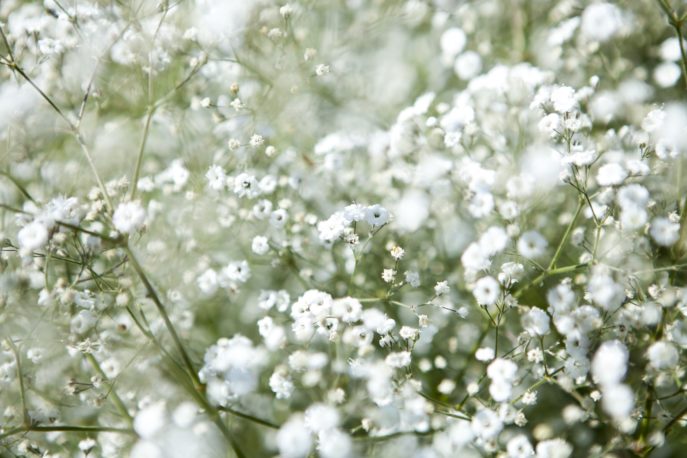We celebrate our New Year on January 1st, but Spring has been a symbol of new beginnings, and for some cultures, the new year, since ancient times. Our ancestors believed that there was a connection between the seasons, the moon and stars, and the magic of new life.
It’s easy for us to miss the change of seasons when we are busy commuting, working, and living indoors, unless we stop and pay attention. As an interior designer, I’ve always been inspired by the change of seasons, with new colors, fragrances, and the way the sunlight changes. Lately I’ve been inspired by the beauty of spring as I experienced it as a child.

On their winter trips to visit my grandparents in South Carolina, my mom and dad used to bring me back boxes full of camellia blossoms packed in soft green foliage to keep them fresh on the drive back to Connecticut. My grandmother had two camellia shrubs on the corners of her front porch. I loved the fragrance. They overlooked the Koi pond where the fish were dormant for the winter. That was always magic to me as a child–such a mystery when they came “alive” again in the spring!
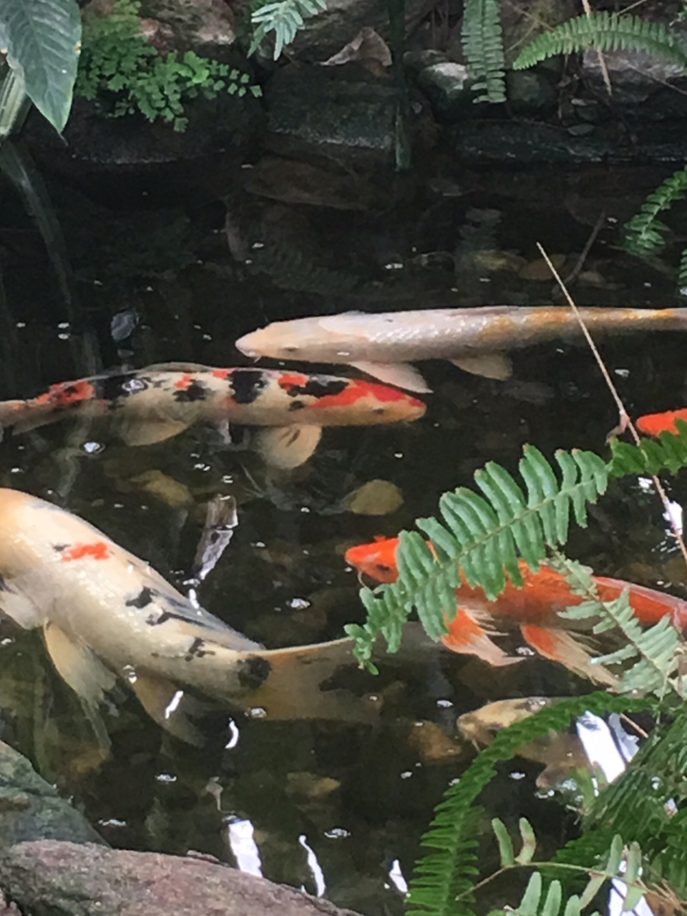
One of my favorite places to experience spring is Middleton Plantation just outside of Charleston. Henry Middleton began the garden design in 1741, wanting to recreate the grand classic style popular in Europe at the time. The camellias bloom early there–red, pink, variegated–large shrubs bloom in beautiful walled gardens that even in winter hold the promise of what’s to come.
I loved walking those paths and imagining the history of the antique house there, and the grand esplanade down to the river where the boats came in with supplies. There’s a little chapel there, too, and it’s a repository of Civil War history.
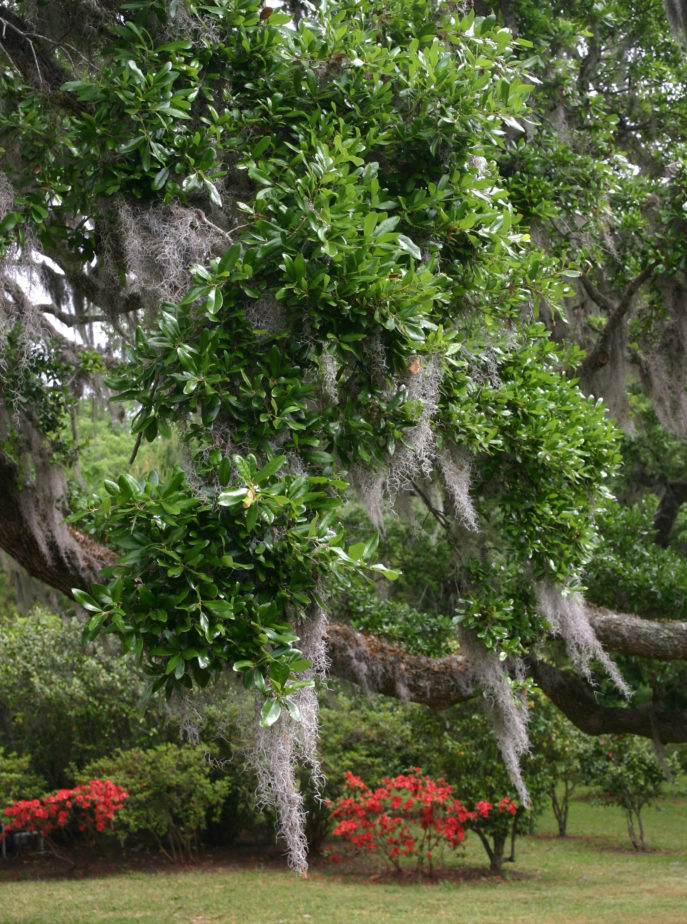
If you feel like taking a short road trip from New England, I recommend the gardens at Winterthur in Wilmington, Delaware. Henry Francis du Pont’s museum there houses the finest American furniture and collections in the world–a lovely source of design inspiration!
Another beautiful spring trip to take is to Longwood Gardens in Kennett Square, Pennsylvania. The legacy of Pierre du Pont, a relative of Henry Francis du Pont, the Gardens exist today to inspire people through garden design, horticulture, education, and the arts. They are a living expression of all that Mr. du Pont found inspiring, meaningful, and beautiful. If you’re interested in more botanical gardens to visit, a gardening site called sproutabl.com has a list of 50 gardens you shouldn’t miss!
This is a wonderful time of year not only to enjoy the outdoors, but to use that inspiration to re-imagine your home! Think of using light, bright colors, bringing in fresh flowers from the garden, and refreshing the air in your house by opening the windows while spring cleaning.
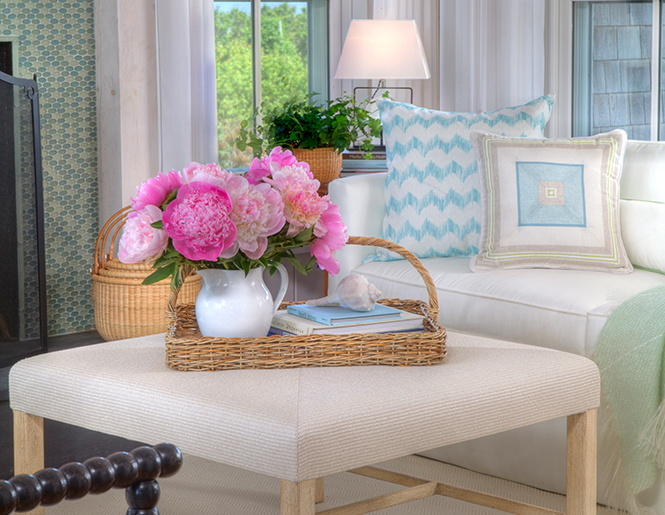
No detail is too small to proclaim spring! The curtain tieback below is made from opalescent 1880s Sandwich milk glass in the shape of a flower.

Colorful artwork paired with bouquets of fresh flowers awaken all your senses.

Try changing your bed linens for a lighter weight and brighter look.
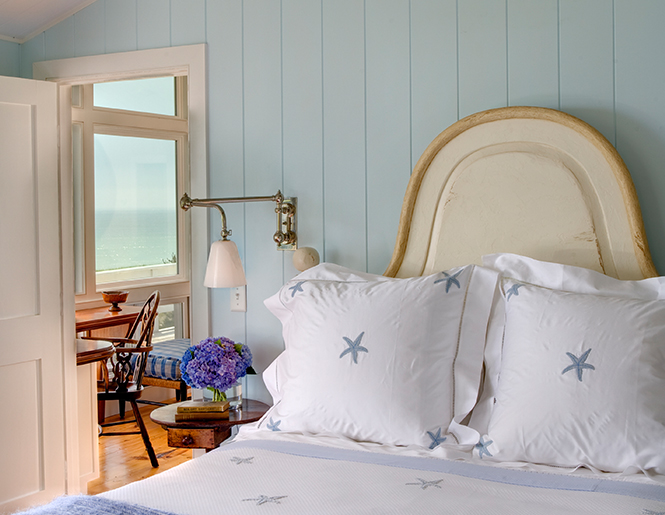
Floral prints remind us of the flowers outside our doors. This is a close up of a custom rug I designed for a Nantucket home.
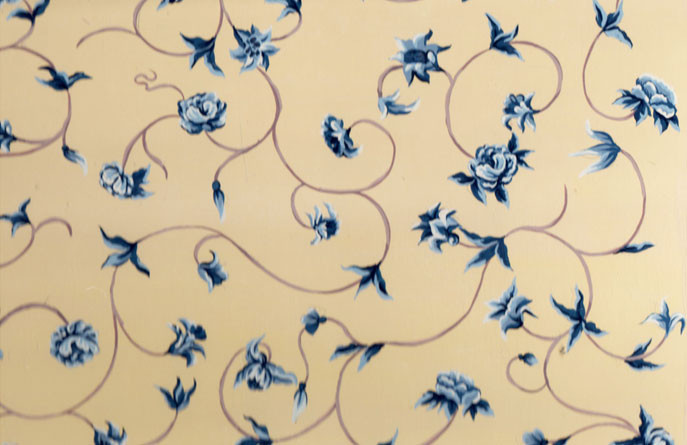
A pattern doesn’t have to be floral to be engaging. Blue and white always sparkles, as in this beautiful Chinoiserie wallpaper.
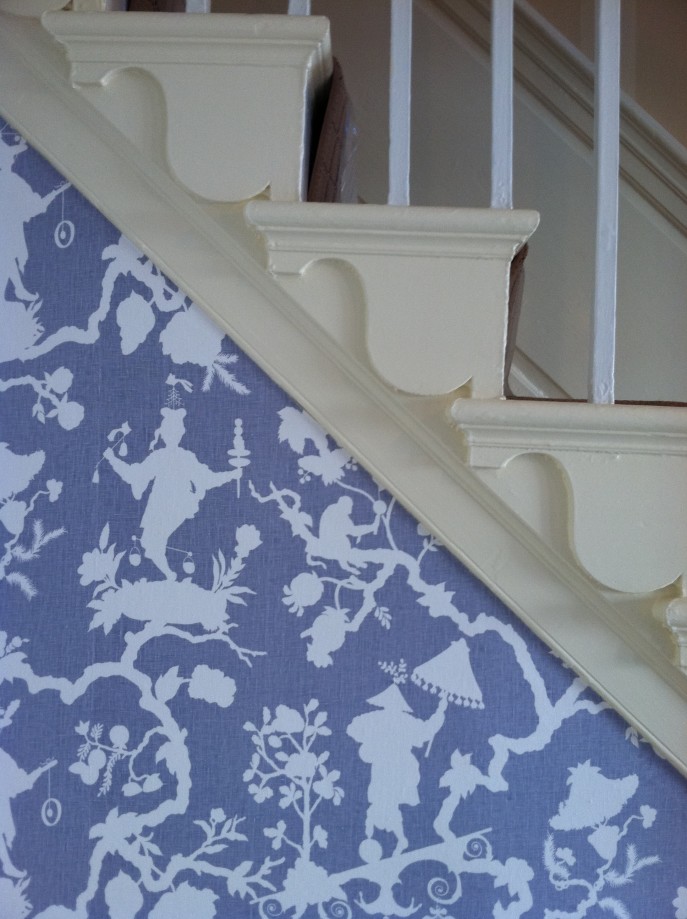
Inspiration is everywhere! Take a walk outside and look around. Happy Spring!
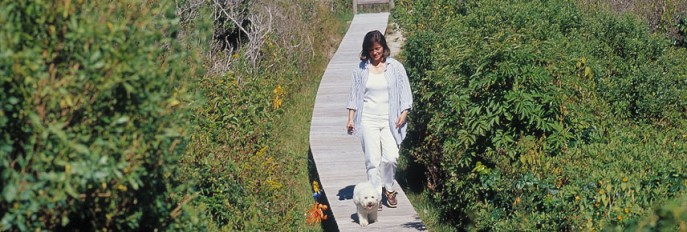



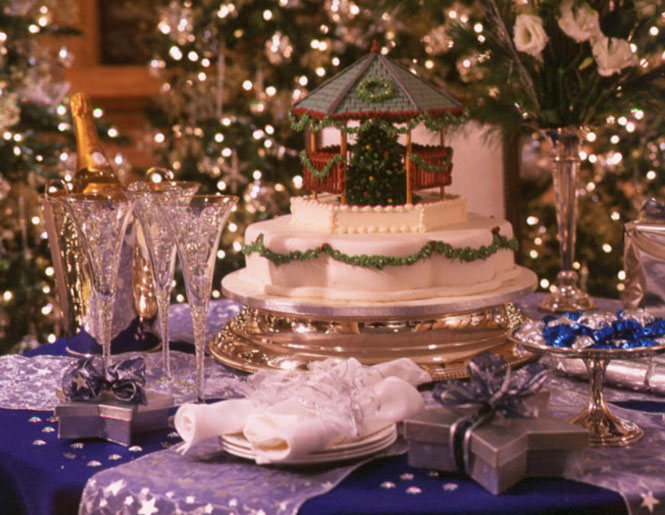
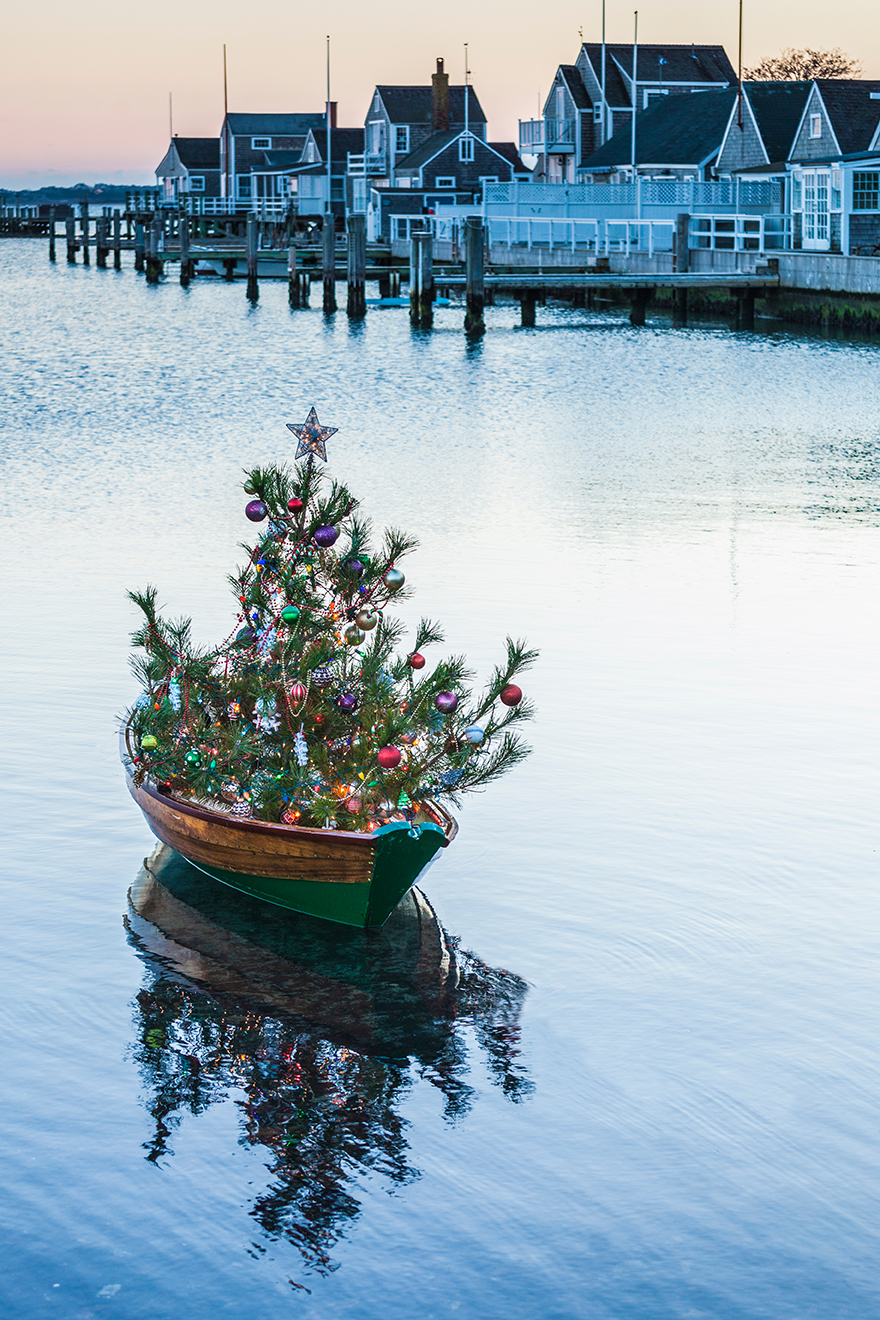

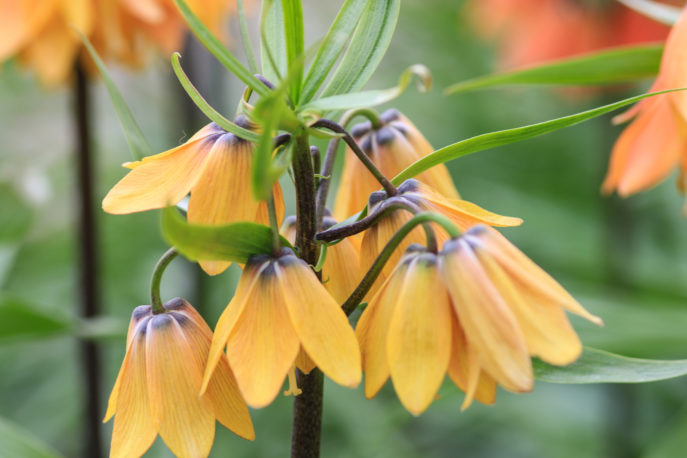

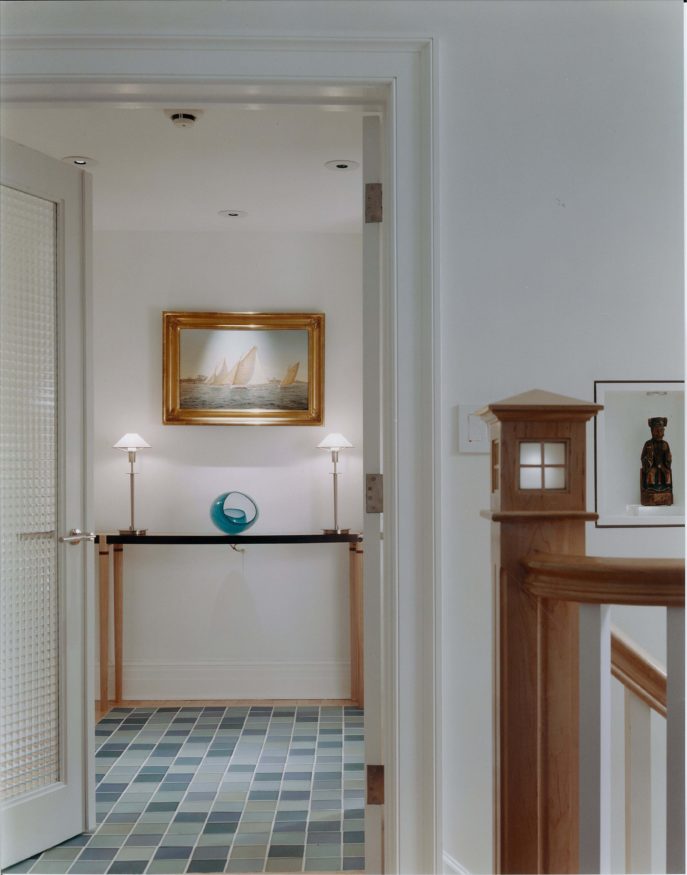
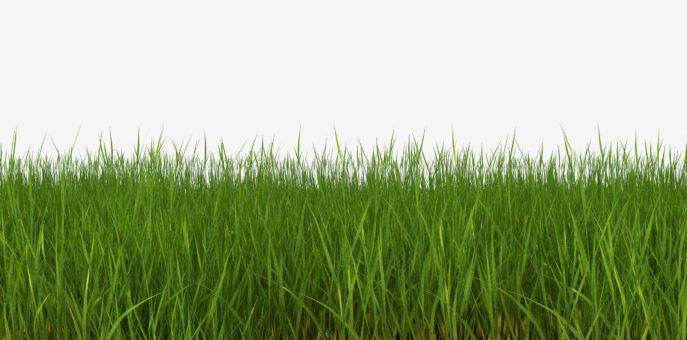
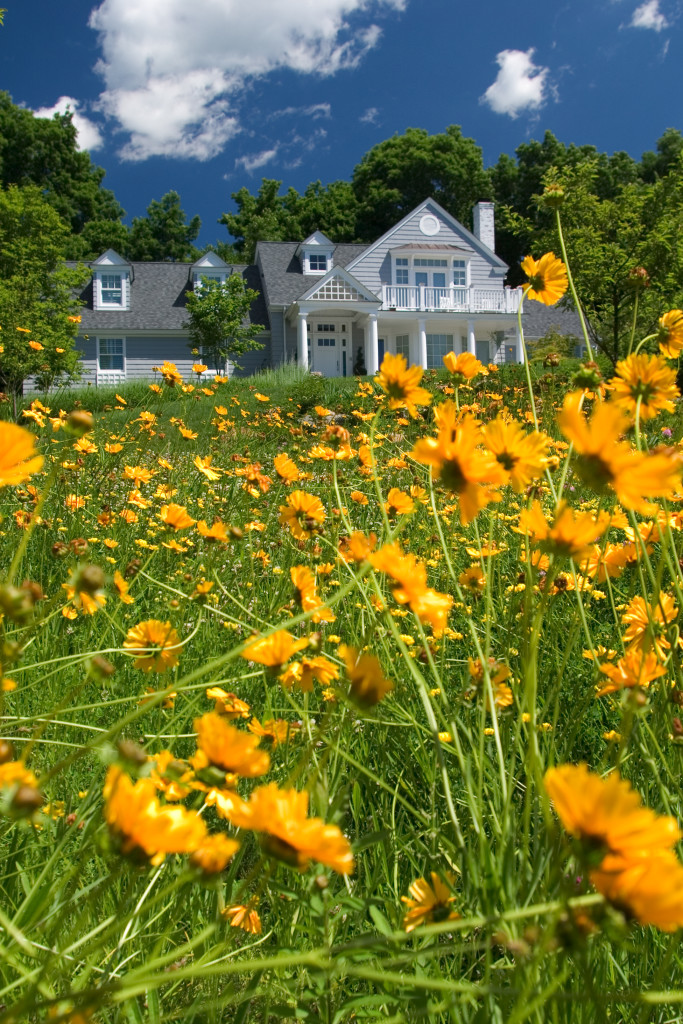



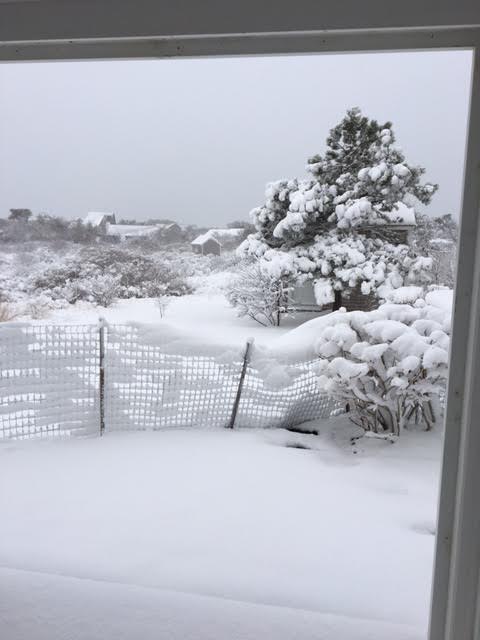
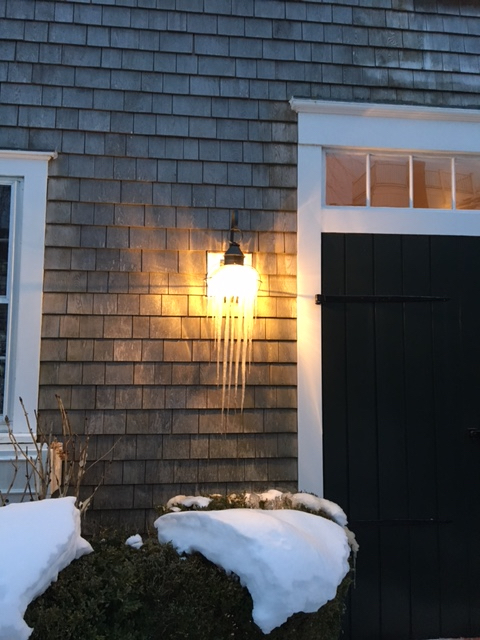
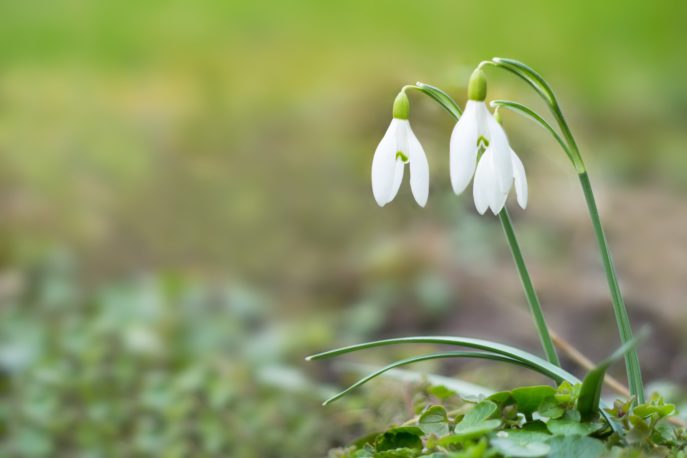


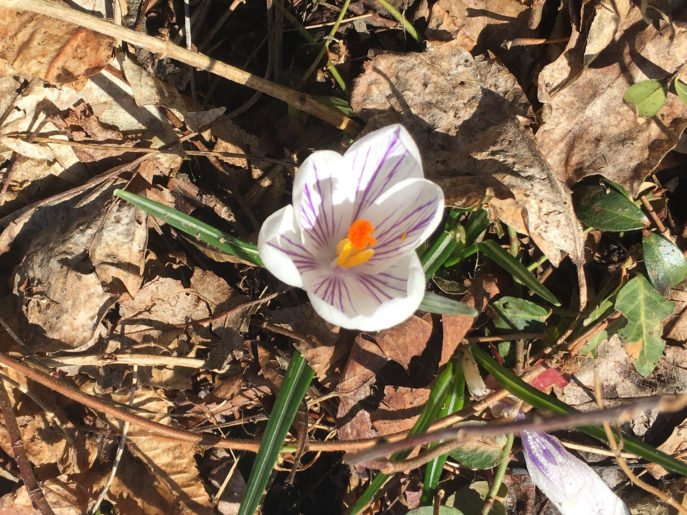
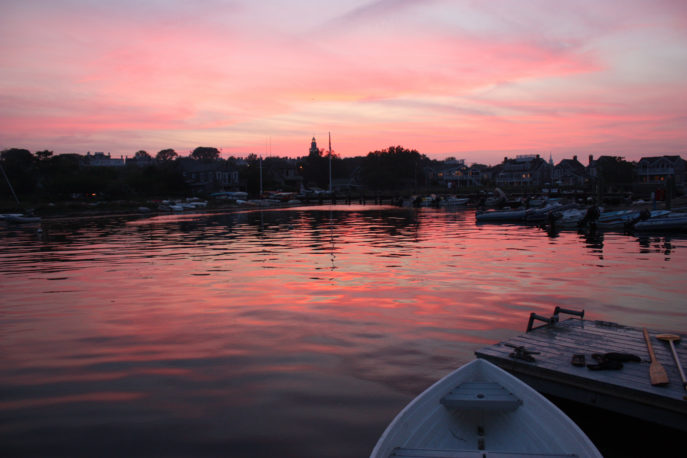
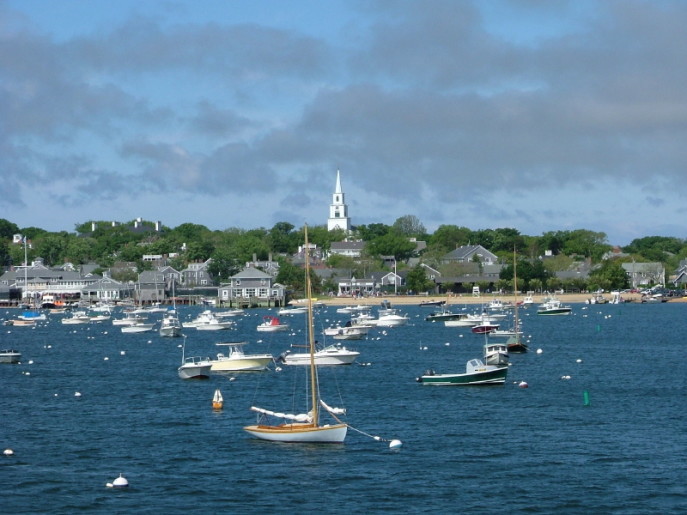
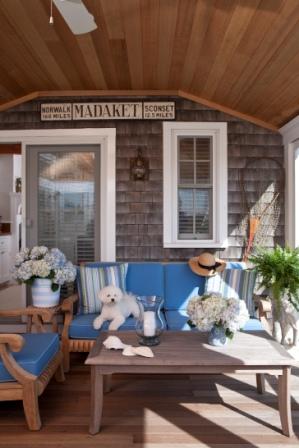
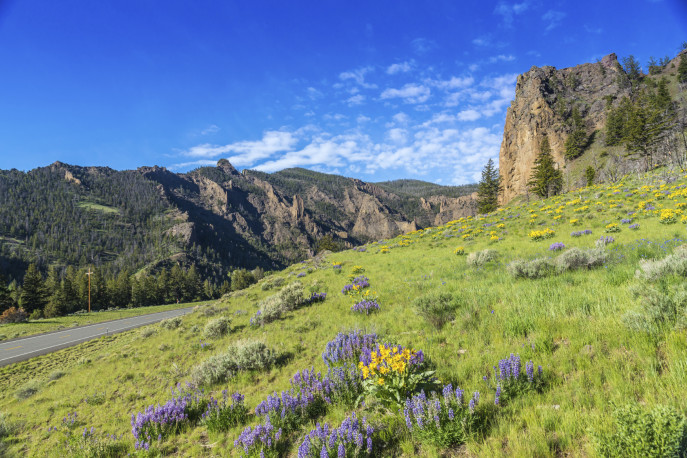



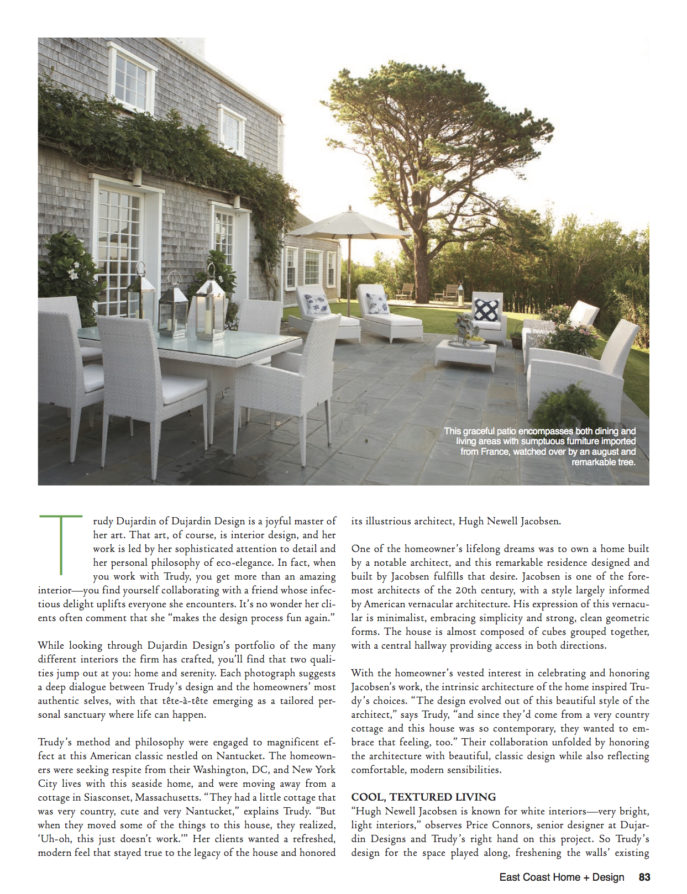

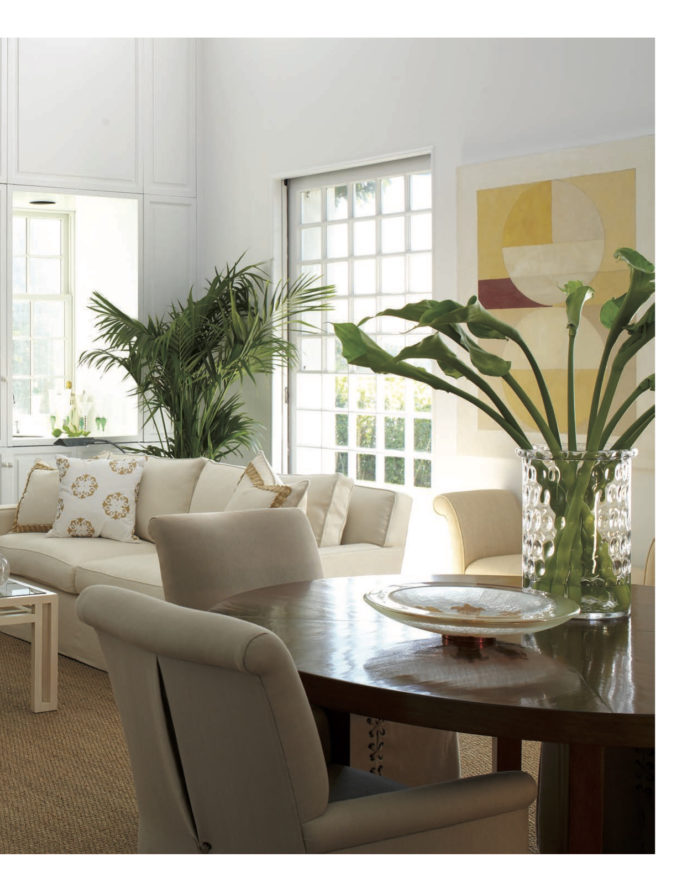

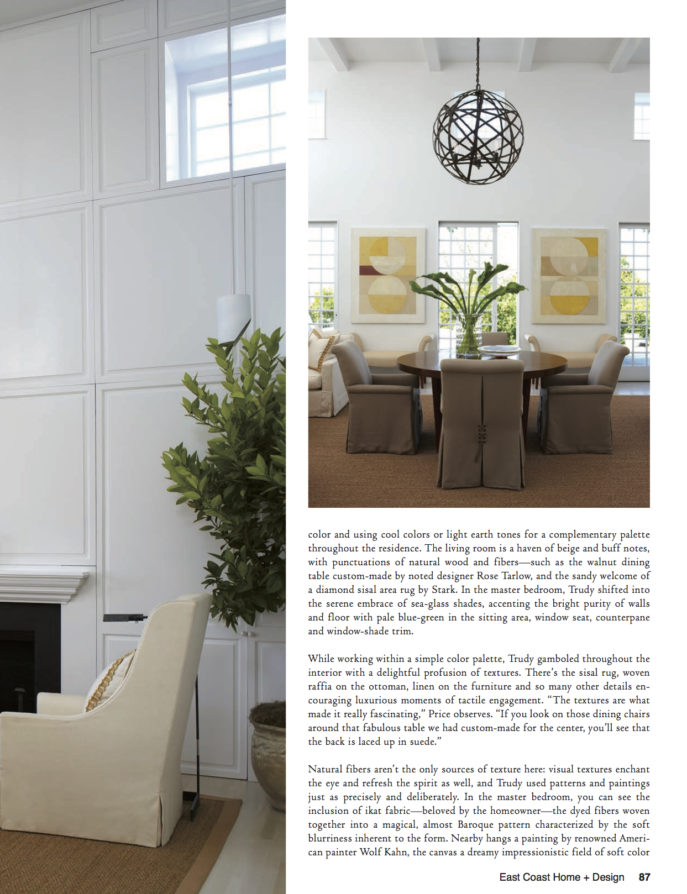
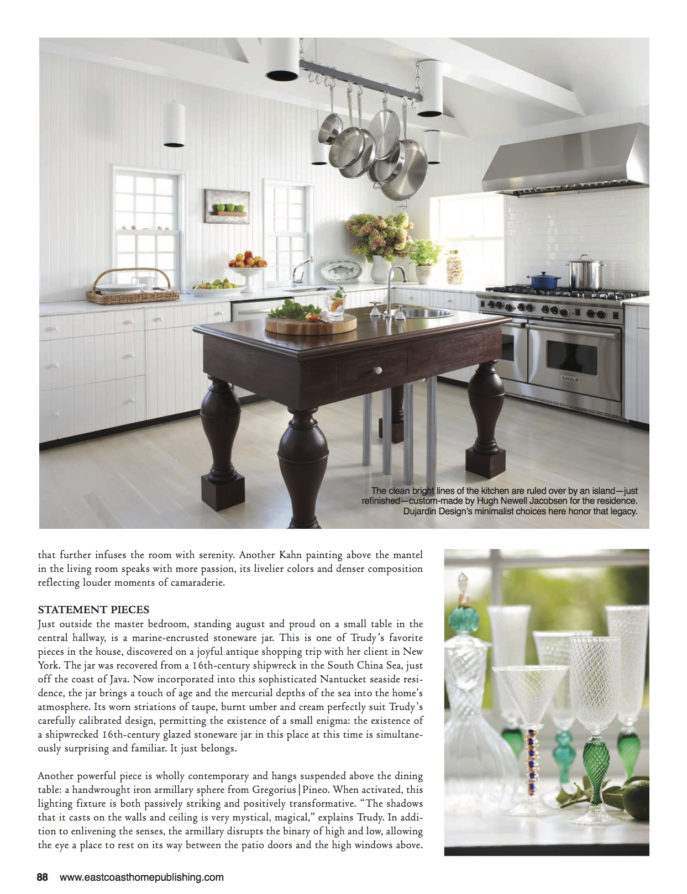

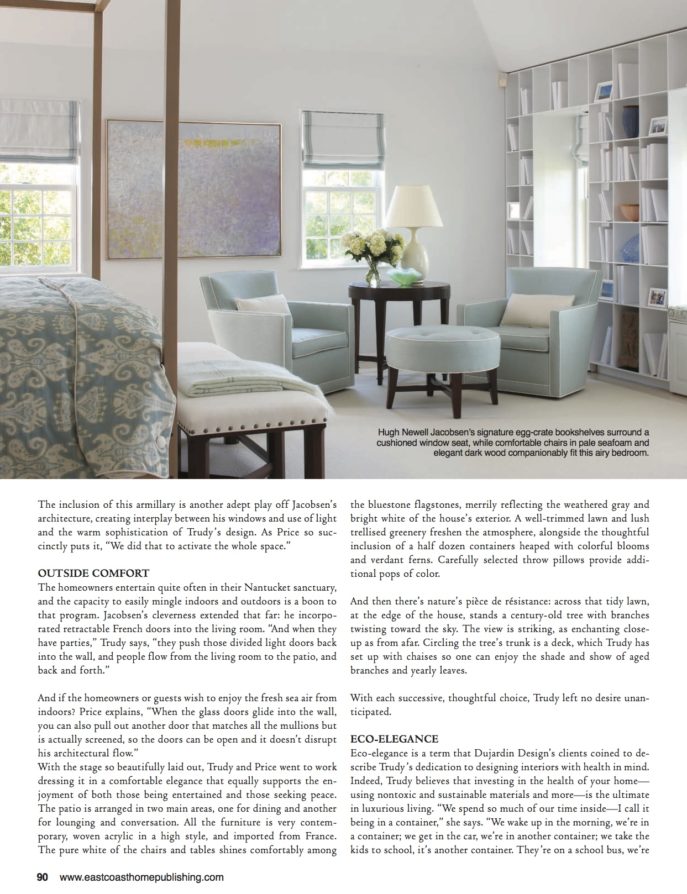

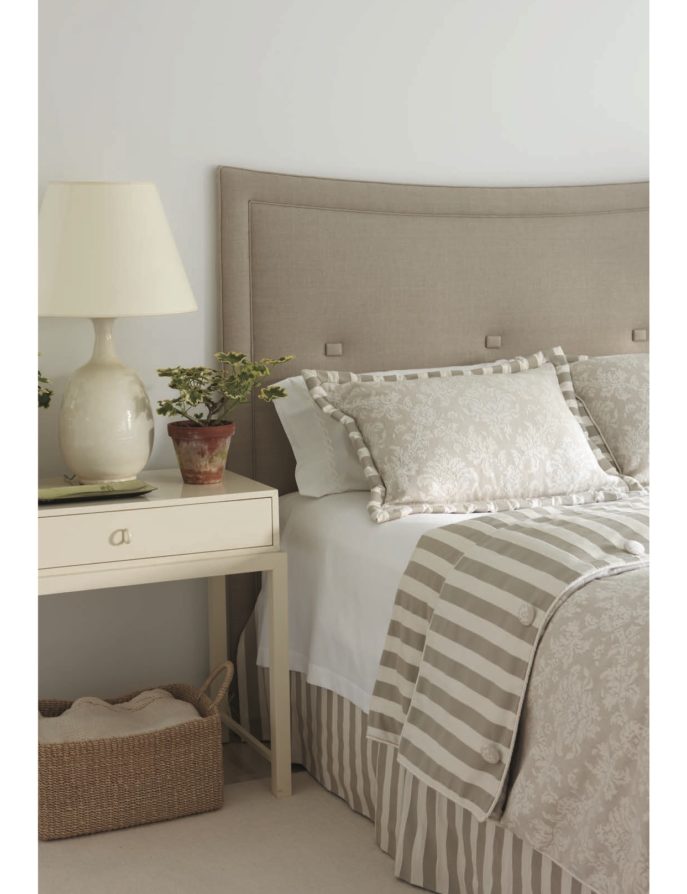
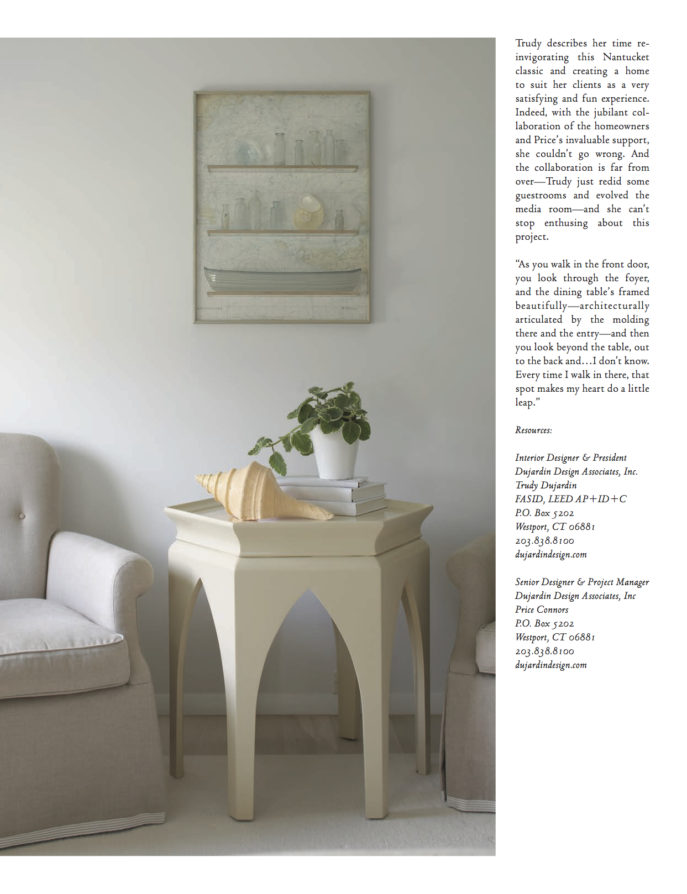
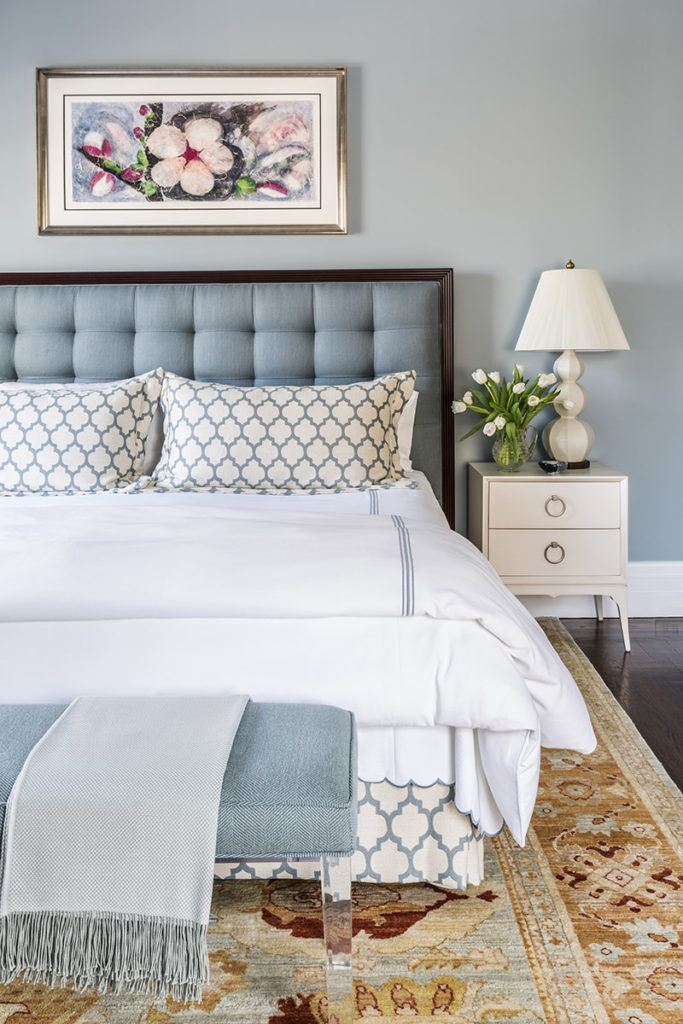
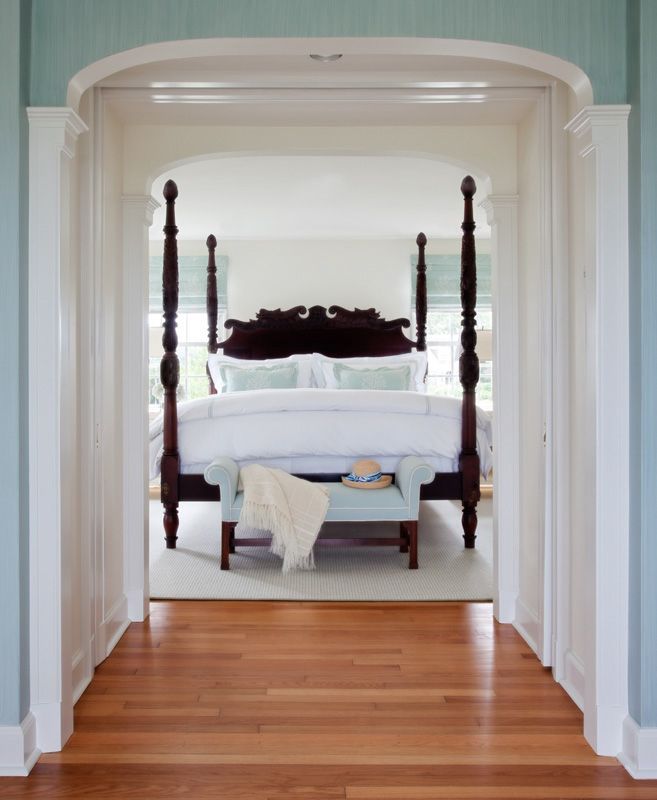
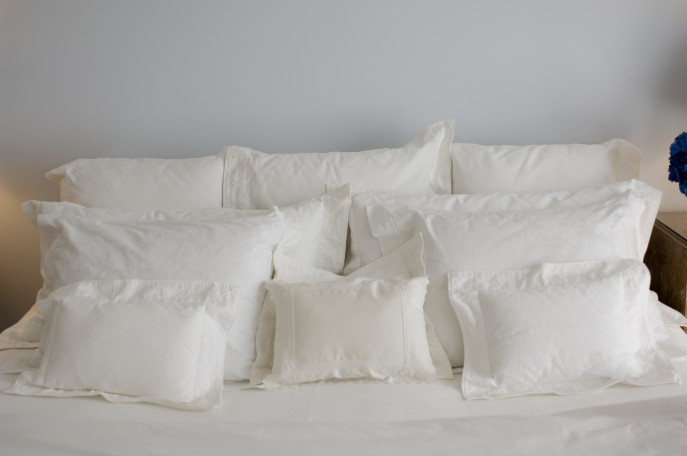
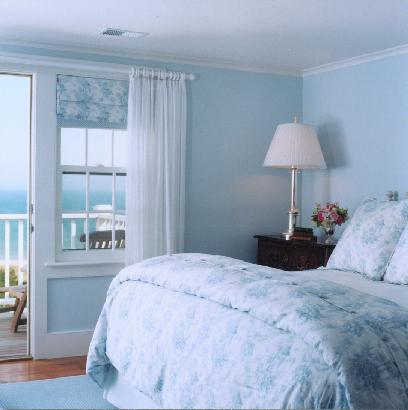
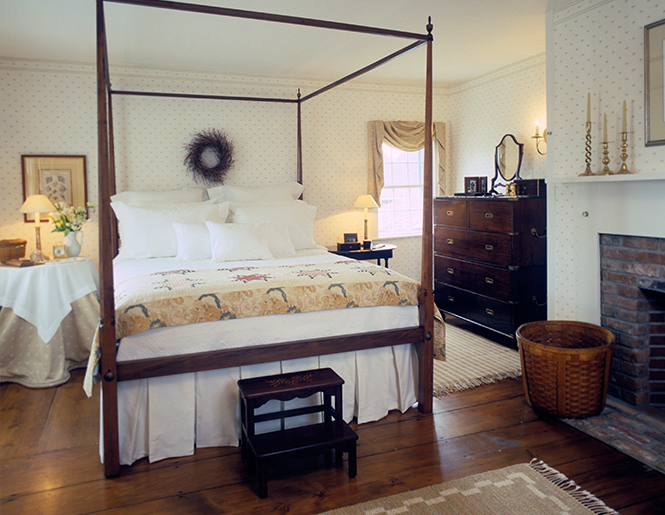
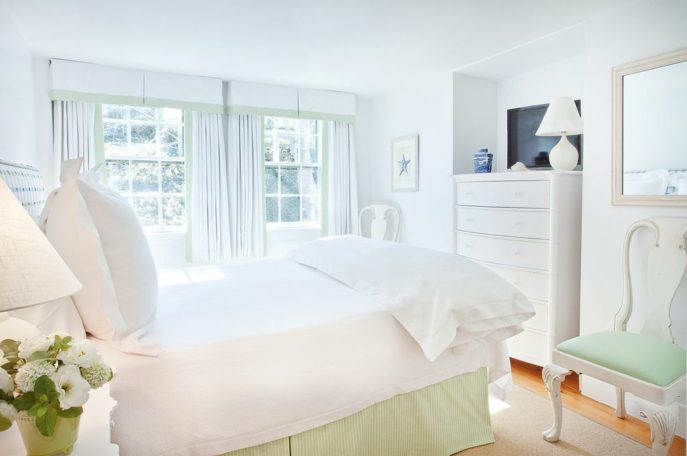
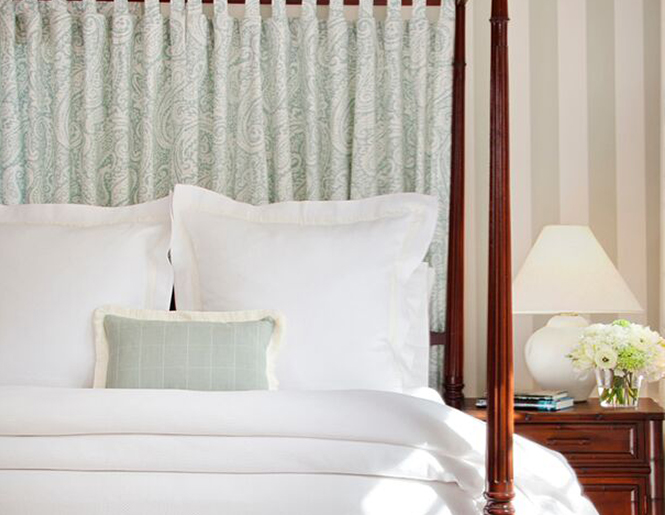




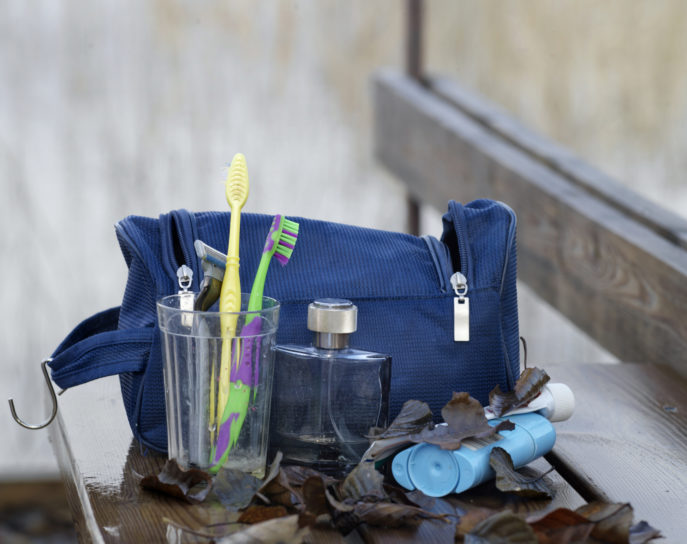

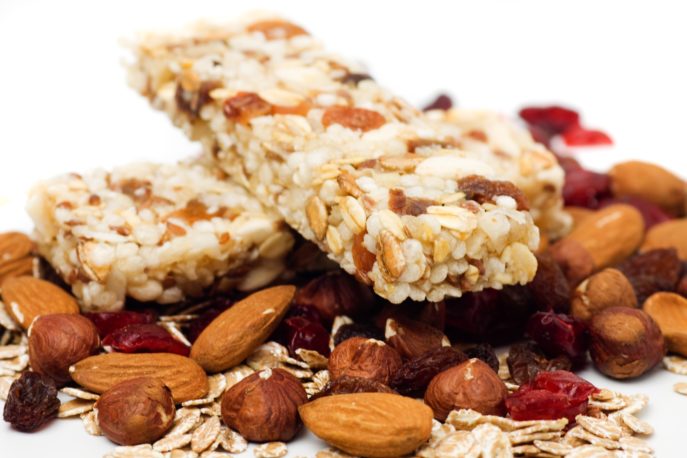


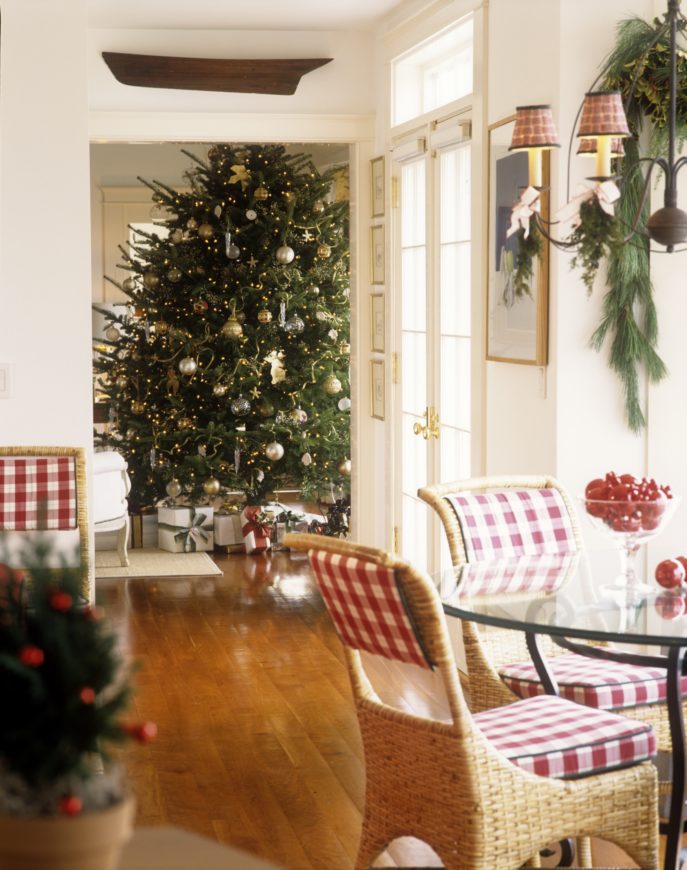 l
l

